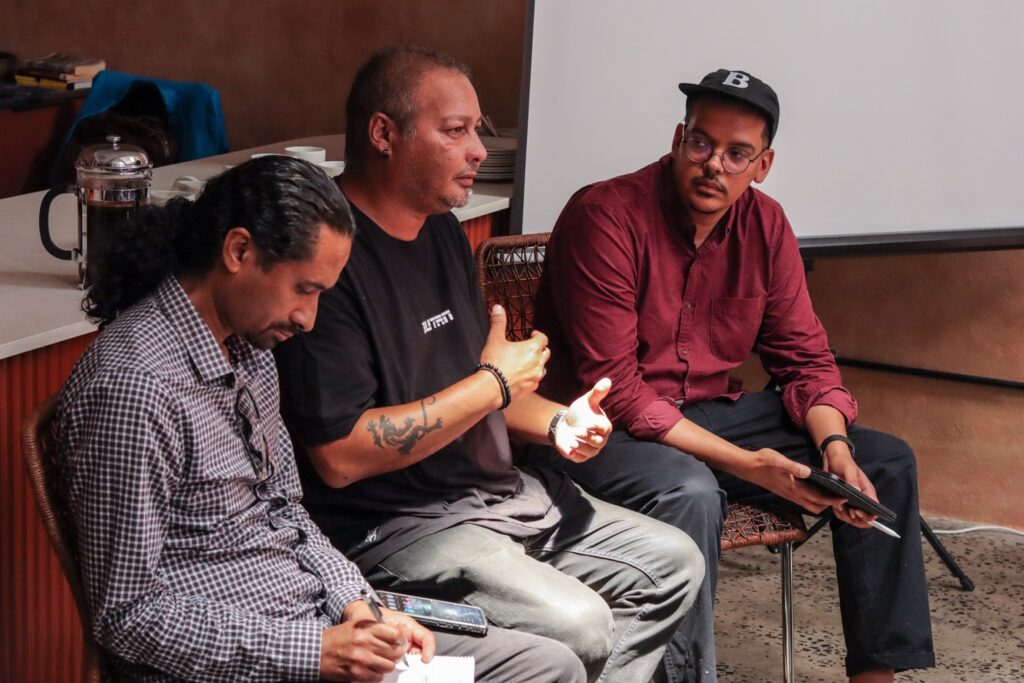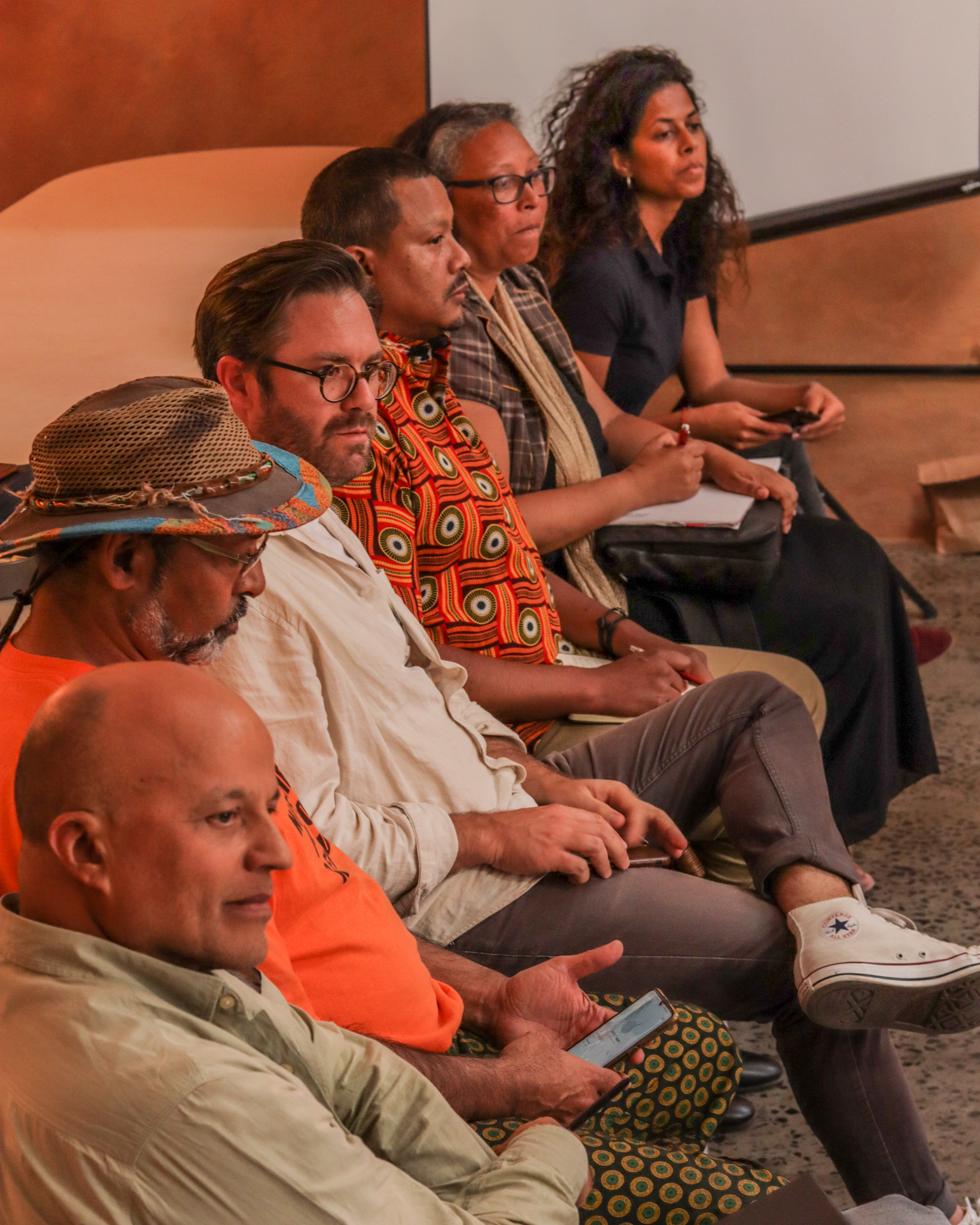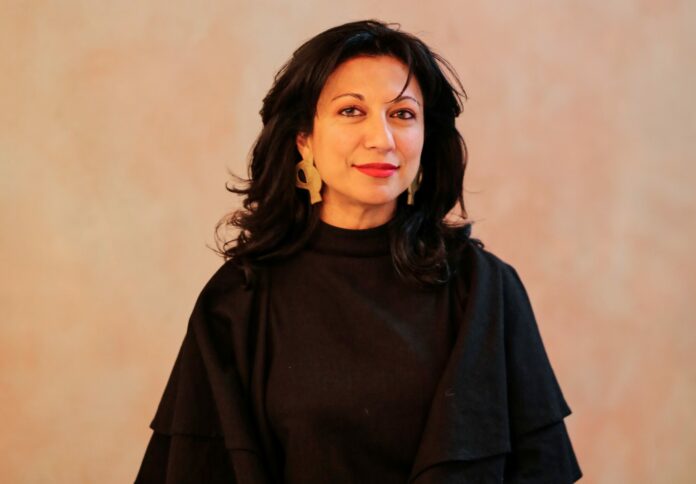A month-long See Studio took place in Cape Town recently to exchange ideas, debate and develop methodologies to bring about representational equity in the public life of cities shadowed by colonialism and apartheid. Urbanist and director of The City, Zahira Asmal, explains why it is so important to explore history and memories if we are to move Cape Town into a multicultural future.
OPINION
See is an ongoing transnational project, initiated by my agency The City, in collaboration with individuals and institutions interested in history, memory and placemaking. The seeds of this project were planted while I was undertaking research for the Movement series of publications on Cape Town, Johannesburg and Durban. These analysed the economic, political, spatial, social and cultural movements that have created South Africa’s major cities.


I noted responses from many black residents who said they frequently feel ignored or unacknowledged in Cape Town. When they don’t feel invisible, they attest to feeling hyper-visible or exoticised – singled out on the basis of difference. Considering that black people constitute over four-fifths of Cape Town’s population, it’s alarming that so many feel unrepresented.
Motivated by their responses, and various activist movements, I initiated the See project and Cape Town was selected as it is a global port city, a hub for both the voluntary and forced migration of people. While its citizens reflect multiple, diverse histories, the city has largely been modelled as an assimilated version of Europe and is not equally inclusive of all its cultures.
My overall aim is to make South Africa a more resilient place through inclusivity and equity. The work that See produces will not only enhance South Africa’s discourse, but serves as a reference for other postcolonial places grappling with matters of contested histories and the subsequent cultural and social identities arising out of them.
I approached the Dutch government in 2018 to collaborate, so that both South Africa and the Netherlands might benefit from research and rescripting of the narratives around histories, memories and cities. This led to several exchanges and activations in Amsterdam, Rotterdam and The Hague, and a scholarship to study Urban Heritage Strategies at the Institute for Housing and Urban Development Studies in Rotterdam.
The Transnational Workshop: Designing Convivial Futures was held in October 2019, co-hosted by Het Nieuwe Instituut and the Research Center for Material Culture, institutions that have partnered with The City on the See project since 2019.
One of the See milestones was hosting a knowledge sharing workshop in March 2021, in partnership with the District Six Museum. Workshop participants debated topics such as how history could help us to shape more inclusive futures, and what role creativity could play in the democracy-making process. This detailed public participation process showed that we could engage with and excite people and plant seeds for growth.
These findings were integrated into the greater See programme and work began on the next phase, the See Studio. This culminated in a month-long series of exchanges, expert presentations, tours, public engagements, and publications, in November this year.
The Studio brought together people from various geographical, cultural and creative backgrounds who share a connection to Cape Town’s past and present. There were 22 local expert presenters and 10 Studio participants from Africa and the Netherlands,
The core themes that I outlined were:
- Taming the Wild: (DE)colonial Imprints in Cape Town’s natural world.
- Invisible hybridity: A journey into music, language, and literature of the Cape.
- The rituals of remembering: Intergenerational healing in forgotten histories.
- Architectures of resistance: Encountering justice through memory.
- How to belong here? Ways of making home in Cape Town.
A one-day conference brought together experts representing fields as diverse as botany and museology, film-making and anthropology.. We began with a presentation by Jaco Boshoff, who oversees the Maritime Archaeology and Historical Archaeology collections at Iziko Museums, on the story of the slave ship São José Paquete d’África, wrecked off Clifton Beach in 1794. A panel reflected on language, politics and culture in Cape Town and how this relates to “coloured” identity today – we heard though-provoking insights from Afrikaaps filmmaker Dylan Valley, professor of Media Studies in the Center for Film & Media Studies at UCT Adam Haupt, and Shaquille Southgate, coordinator at Heal the Hood youth project.
Stellenbosch University sociologist Professor Steven Robins led a panel on reimagining sustainable and inclusive urban futures. The panellists concluded that, while there is informal collaboration between like-minded organisations, activists need to collaborate and explore possibilities for creating shared visions of a more sustainable and inclusive urban landscape. Under-resourced and over-worked volunteers could benefit from sharing their successes and shortcomings, working across silos.
Another day of expert presentations took participants from the shadow of Table Mountain through the demolished and rebuilt areas of District Six, and on to Kirstenbosch Botanical Garden, where award-winning botanist Rupert Koopman referenced the Studio themes of heritage and inclusion. He discussed Indigenous plants and knowledge, as well as the impact of colonialism on the natural environment of the Cape.
Inspired by fresh insights into history, memory and the urban landscape, the Studio participants distilled and shared their own insights into making inclusive and representative spaces in post-colonial cities through their preferred media, from poetry and art to performance and linguistics.
We are still absorbing and processing this week of intensive debate and discussion, and will share the participants’ presentations on the See project website early in the New Year.
I am increasingly convinced that it is impossible to journey towards integrated, inclusive cities of the future without openly and honestly engaging with the histories that inform each place, and our own personal histories.
In my opening address at the See Studio Conference, I referenced kintsugi, the Japanese art of mending broken pottery with lacquer dusted or mixed with powdered gold, silver or platinum. This approach treats breakage and repair as part of the history of an object rather than something to disguise it.
Cape Town has a fractured past. History is patched together, and updated over time. In conducting research for See, we found pieces of the past, pieces of stories, pieces that have long been hidden. There are human remains, flotsam from shipwrecks, shards from homes torn down during forced removals, fragments of lives. See seeks to bring these pieces together, combining them into a unique narrative whole. The aim is greater visibility; the making of a more coherent, inclusive artefact. As with kintsugi, rather than attempting to cling to a veneer of fixedness, we should celebrate the process of restoration. There is beauty in the unexpected joining of breaks and fractures. With creative revitalisation, the end result is often more remarkable than the original.
The kintsugi technique also suggests that there was a usefulness in the past; it should not necessarily be discarded. It can, instead, be integrated into the present.
We need to continue to acknowledge and explore our pasts truthfully and meaningfully. I invite you to join us on this journey as we focus on ways to fashion representative and inclusive spaces and move Cape Town into an equitable and celebrated multicultural future.
The See Studio was supported by the Creative Industries Fund and DutchCulture, in partnership with Het Nieuwe Instituut and the Research Centre for Material Culture. Find out more about the See project at https://iseeyou.capetown/









